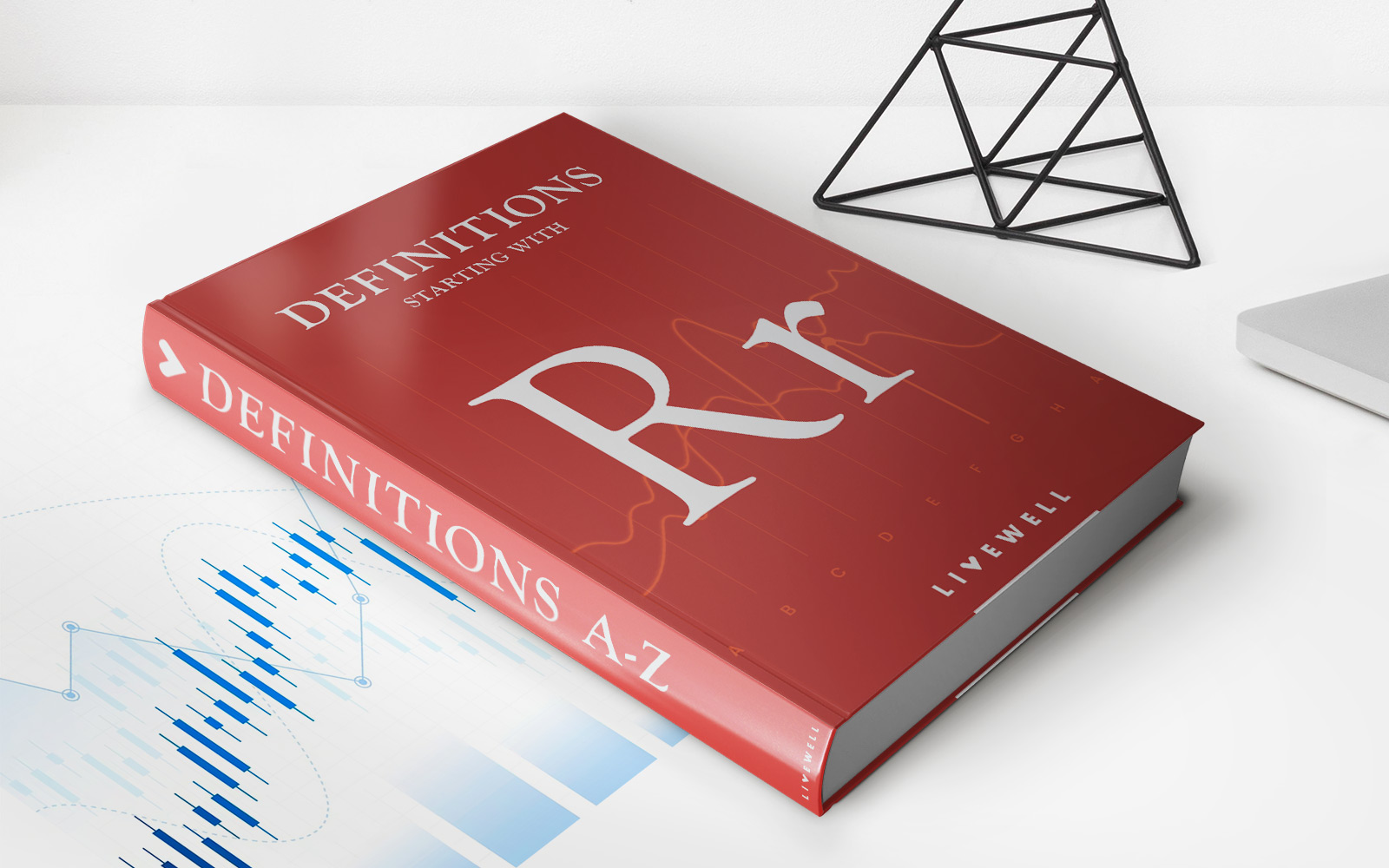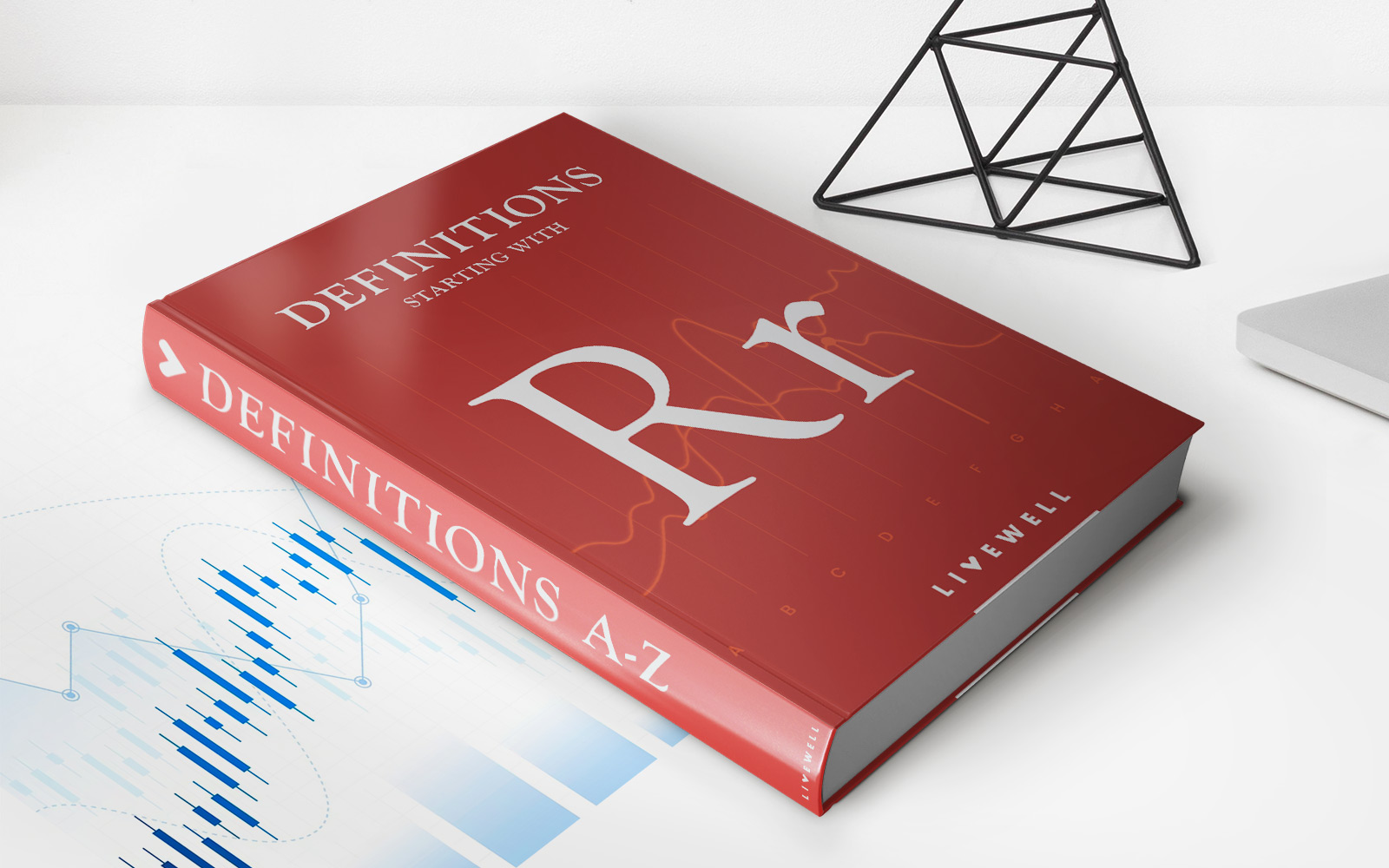Home>Finance>Pairs Trade: Definition, How Strategy Works, And Example


Finance
Pairs Trade: Definition, How Strategy Works, And Example
Published: January 5, 2024
Learn the definition of pairs trade strategy in finance, how it works, and get an example. Discover how to profit from market inefficiencies using this powerful method.
(Many of the links in this article redirect to a specific reviewed product. Your purchase of these products through affiliate links helps to generate commission for LiveWell, at no extra cost. Learn more)
Pairs Trade: Definition, How Strategy Works, and Example
Are you looking to maximize your returns in the financial markets? If so, you may want to consider incorporating the pairs trading strategy into your investment approach. In this blog post, we will delve into the concept of pairs trading, explain how it works, and provide a real-life example to help you understand its application in the real world.
Key Takeaways
- Pairs trading is a market-neutral strategy that involves the simultaneous buying and selling of two correlated assets.
- This strategy aims to profit from the relative performance of the two assets, rather than the overall direction of the market.
So, what exactly is pairs trading? Pairs trading is a market-neutral strategy in which traders simultaneously buy one asset and sell another asset that are historically correlated. The goal of this strategy is to profit from the relative performance of the two assets, regardless of the overall direction of the market. Pairs trading is based on the idea that when two assets are historically correlated, any divergence from their historical correlation presents an opportunity for profit.
How does the pairs trading strategy work? Let’s say you identify two stocks, Stock A and Stock B, that historically move in the same direction. However, if you notice that Stock A is currently underperforming while Stock B is outperforming, you may decide to enter a pairs trade. In this case, you would buy Stock A and simultaneously sell Stock B. By doing so, you are taking advantage of the belief that Stock A will eventually catch up to the performance of Stock B, resulting in a profit when the two assets converge.
Here’s an example to illustrate this strategy. Suppose you are analyzing two technology companies, Company X and Company Y. Historically, the stock prices of these companies have shown a strong positive correlation. However, recent news suggests that Company Y is facing some financial challenges, causing its stock price to decline. Meanwhile, Company X continues to perform well and its stock price is rising. Based on this information, you decide to enter a pairs trade.
Example:
- Buy 100 shares of Company Y.
- Sell 100 shares of Company X.
As time goes on, if your thesis proves correct and the stock price of Company Y starts to recover, while Company X experiences a decline, you can close the trade by selling Company Y and buying back Company X. The profit will come from the difference in the price movements of the two stocks.
Pairs trading can be applied to various asset classes, including stocks, currencies, commodities, and even options. Although this strategy may seem straightforward, it requires careful analysis and monitoring of market conditions to identify opportunities and manage risks effectively.
In conclusion, pairs trading is a strategy that allows investors to profit from the relative performance of two correlated assets. By identifying divergences from historical correlations, traders can enter trades that aim to capture potential profits when the assets re-converge. If implemented correctly, this strategy can be a valuable addition to an investor’s arsenal, helping to maximize returns while minimizing exposure to overall market movements.














